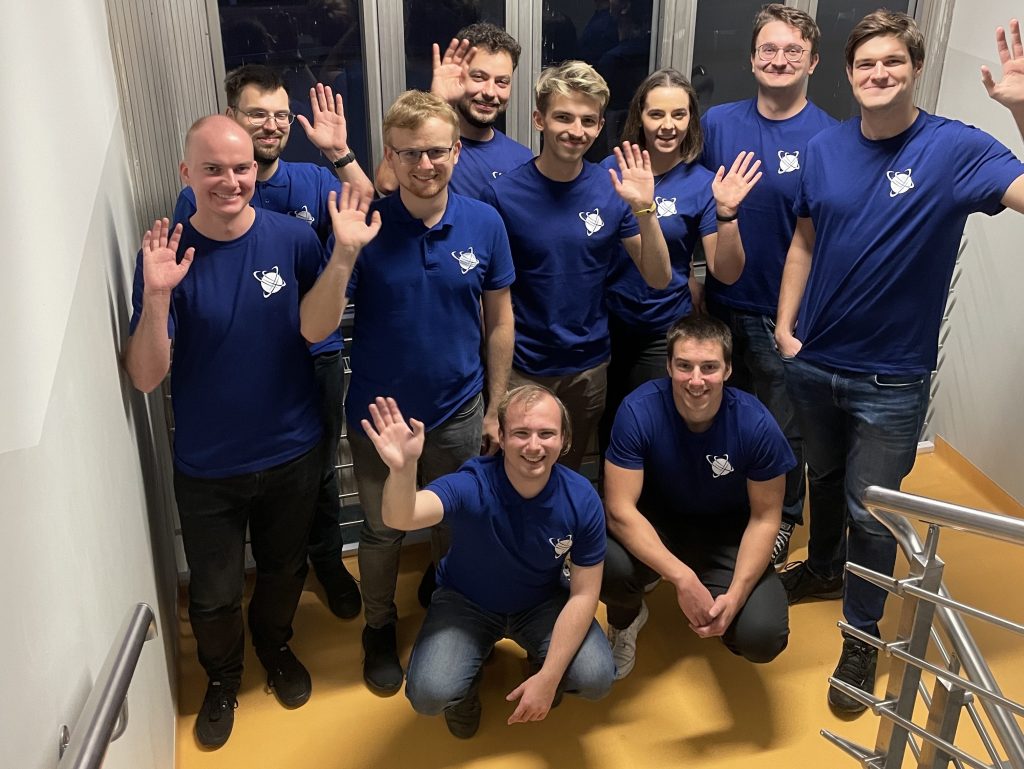CRP Technology has collaborated with Orbital Space, a UAE-based private aerospace company to support Orbital Space’s Lunaris Moon Mission, dedicated to lunar exploration.
Within the framework of this partnership, CRP Technology is set to employ advanced 3D printing techniques, specifically utilizing the Powder Bed Fusion (PBF) process. This approach will be instrumental in the production of functional components and parts for the lunar payload. The anticipated outcome is that Windform’s high-performance composite materials will fulfill the stringent mechanical properties necessary for applications in space.
“We continue to forge new partnerships with leading companies in different industries to allow us to achieve our aspirations in making space accessible to all. We are honored to partner with CRP Technology to support our upcoming lunar mission. We believe CRP Technology knowledge and expertise in space qualified materials will bring great value to the mission and contribute to its success,” said Dr. Bassam Alfeeli, General Manager of Orbital Space.

CRP Technology elevates UAE’s aerospace efforts
Founded in 2018, Orbital Space directs its efforts toward educational space missions and scientific research, contributing to the advancement of space technologies within the UAE. Through collaborations with diverse public and private partners, the company aims to broaden access to space exploration. Franco Cevolini, the CEO and CTO at CRP Technology, underscored the company’s extensive background in the aerospace sector and highlighted the accomplishments of its space-qualified Windform materials. Cevolini says he is confident in CRP Technology’s capacity to contribute significantly to the success of the Lunaris Moon Mission.
Mourad Mountassir, Co-Founder of CRP Gulf, explained the company that supplies 3D printing services with Windform in the Arabian Gulf area, added, “We consider the involvement of our mother company CRP Technology a special opportunity. I’m sure that CRP Technology and CRP Gulf will be contributing to an epoch-making milestone in the UAE’s space exploration history.”
The Portland State Aerospace Society (PSAS) deployed OreSat0, a CubeSat system, into low Earth orbit using CRP Technology’s 3D printing and Windform LX 3.0 material. Subsystems including a deployer, star tracker assembly, and battery pack, were crafted through Selective Laser Sintering. Windform LX 3.0 demonstrated strength in testing, meeting low earth orbit requirements. PSAS lauds 3D printing’s role in accelerating kilogram-class satellite production, providing capabilities comparable to larger satellites. OreSat0.5 was scheduled for October 2023, with OreSat1 deploying from the International Space Station (ISS) in early 2024.

3D printing advances space innovation
3D printer manufacturer Markforged showcased a video of the LizzieSat satellite, a collaborative project with aerospace company Sidus Space. Developed under strict aerospace engineering standards, the satellite is anticipated to weigh under 100 kg. Using Markforged’s Onyx FRA material, the project lead, Tony Boschi, a former NASA engineer, and Lead Design Checker highlights weight reduction for increased payload. Sidus Space’s 3D printed satellite prototypes endured a year in outer space, showcasing their resilience against challenges and environmental factors.
In February of this year, nScrypt’s sister engineering company Sciperio announced plans to 3D printing CubeSats for the US Space Force using nScrypt’s Factory in a Tool (FiT). The project focused on the advanced manufacturing of 6U CubeSats, with each CubeSat designed as a printed electronic structure, enabling modular functionalities. nScrypt’s FiT strategy aims for rapid design-to-deployment, incorporating electrical, thermal, and other capabilities into the CubeSat’s structure, saving costs and reducing human involvement. The FiT utilizes multi-material deposition, milling, pick-and-place, and drilling for efficient fabrication.
Read all the 3D Printing Industry coverage from Formnext 2023.
What does the future of 3D printing for the next ten years hold?
What engineering challenges will need to be tackled in the additive manufacturing sector in the coming decade?
To stay up to date with the latest 3D printing news, don’t forget to subscribe to the 3D Printing Industry newsletter or follow us on Twitter, or like our page on Facebook.
While you’re here, why not subscribe to our Youtube channel? Featuring discussion, debriefs, video shorts, and webinar replays.
Are you looking for a job in the additive manufacturing industry? Visit 3D Printing Jobs for a selection of roles in the industry.
Featured image shows Orbital Space’s team. Photo via Orbital Space.



